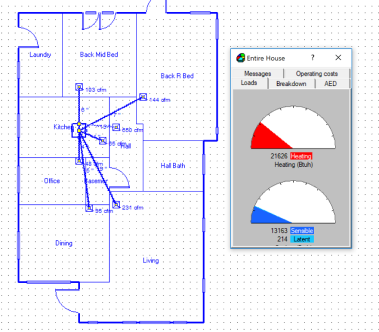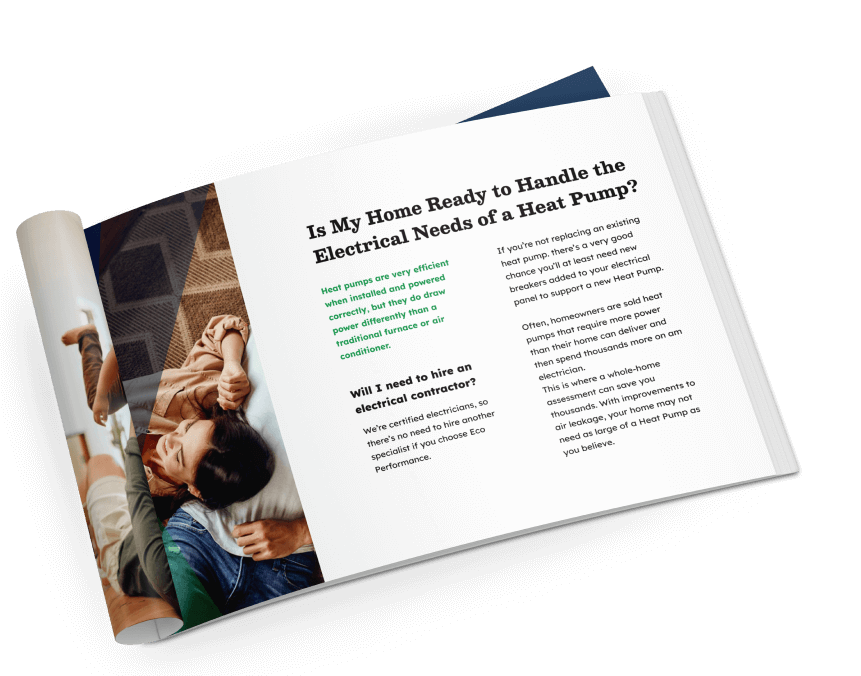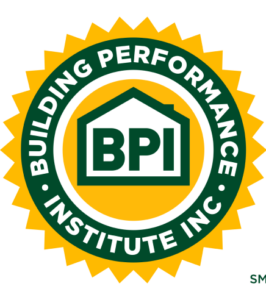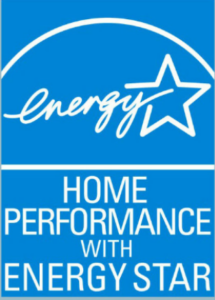Home Performance Process
Performance Assessment Phase
Comprehensive Home Evaluation
Phone Assessment

Project Phase
Custom Plan Development

Airflow Planning
Precision Design

Expert Build
Our friendly build team brings your project to life with professional craftsmanship, ensuring every element is installed and configured for optimal performance.
Unlike construction projects you might have experienced in the past, our team plans carefully to minimize disruptions, shorten the work widow, and prevent the spread of dust and insulation into your home.
Testing and Commissioning

Total Satisfaction
Testing & Adjusting
Before we wrap up, we conduct thorough testing to verify that every piece of your system is working properly and performing as expected.
For example, we measure reduced building leakage with a blower door test, assess power input to the system, and verify airflow to each room.
By measuring your system’s energy output (BTU/hr) and power input and comparing these values to the manufacturer’s data, we also determine its delivered performance. This crucial step allows us to accurately verify that your new system is as efficient as expected.

Schedule a Free Assessment
Your comprehensive assessment begins with an in-depth call with one of our home efficiency experts where you can ask all your questions. During out conversation, we’ll ask about your goals, the current setup of your home comfort system, and any time and budget constraints you might have. If you want to move forward with a home evaluation, we can schedule it during your assessment.
"*" indicates required fields

Ten Questions to Ask Before You Buy a Heat Pump
Many factors play into whether any heat pump can give you the results you’re looking for. No matter which HVAC company you choose, this eBook will walk you through the twelve important questions we use to design superior home comfort systems.
"*" indicates required fields






